The subtleties of making a bas-relief for beginners
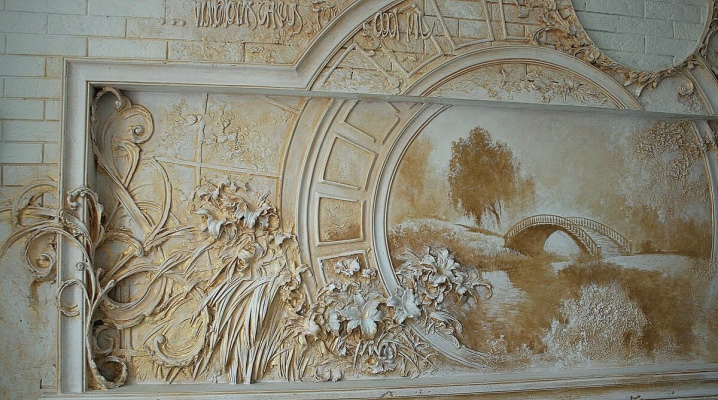
Beautiful paintings with a bas-relief can be a great decoration for any interior. Decorative bas-relief compositions allow you to use the boundless imagination of a person, you can make a variety of images. Today we will talk about the main features of such paintings and how you can make them yourself.
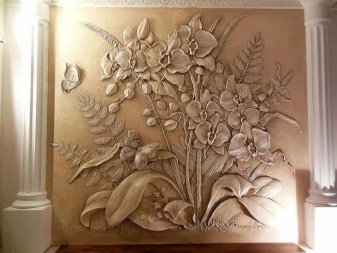
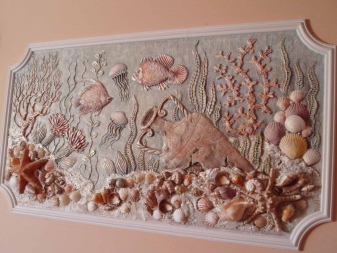
Peculiarities
Bas-relief images are created using putties... In this case, the highest quality samples should be selected. Often, a ready-made slab is immediately taken to decorate a room, it can be purchased in a store or made to order. In some cases, the drawing is done directly on the wall covering.
When creating an image, no additional selection of individual elements with the help of different colors is required. At the same time, the drawing is always made a little voluminous. Thanks to the play of light, it will look unusual anyway without highlighting with flowers.
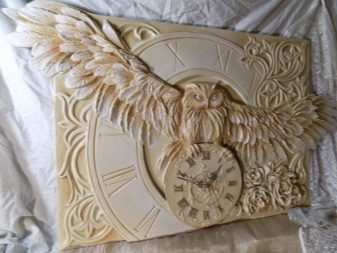
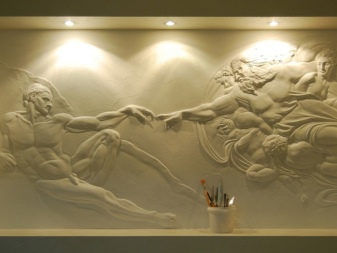
Bas-reliefs often act not only as interesting decorative details in the interior, but also perform a number of important functional tasks.
So they can serve to mask wall irregularities, close communications.
To get the most original and beautiful design, it is worth correctly combining decorative painting and volumetric drawing... This technique cannot be classified as popular due to its too high cost.
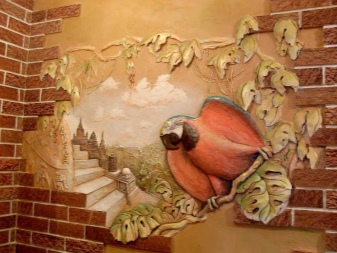
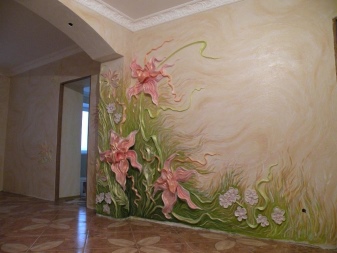
What is required?
To make a beautiful bas-relief for the interior yourself, you will need the following things.
- putty and putty knife;
- glue;
- acrylic paints;
- cutter;
- slats;
- acrylic contour;
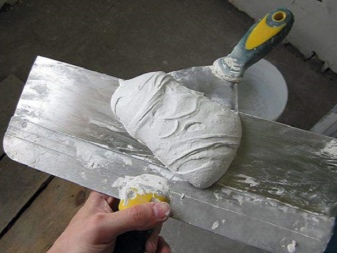
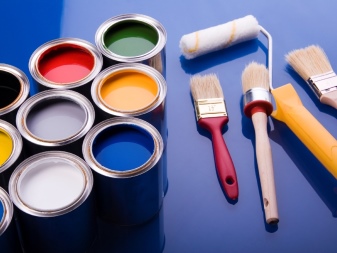
Preparation for work
You should not immediately start making the image, you need to carry out some mandatory preparatory activities. If you have planned to make a bas-relief on the wall covering itself, then carefully cleaned and primed.
After that, the cleaned and primed wall must be completely dry... When it dries, its surface is treated with a putty. At the same time, you should choose the most suitable sketch to create the future drawing.

Its contours are accurately depicted on the prepared surface. The sketch is most often done with a simple pencil.
If you are creating a bas-relief for the first time, then it is better to start with the simplest compositions. Otherwise, difficulties may arise in the process of work.
If you do not have drawing skills, then you can use stencils in the form of cells... To do this, the drawing is divided into several squares using such elements, after they are removed, and the contours from the sketch are alternately transferred to each formed department. But when using this technique, it is worthwhile to accurately observe the scale of the picture.
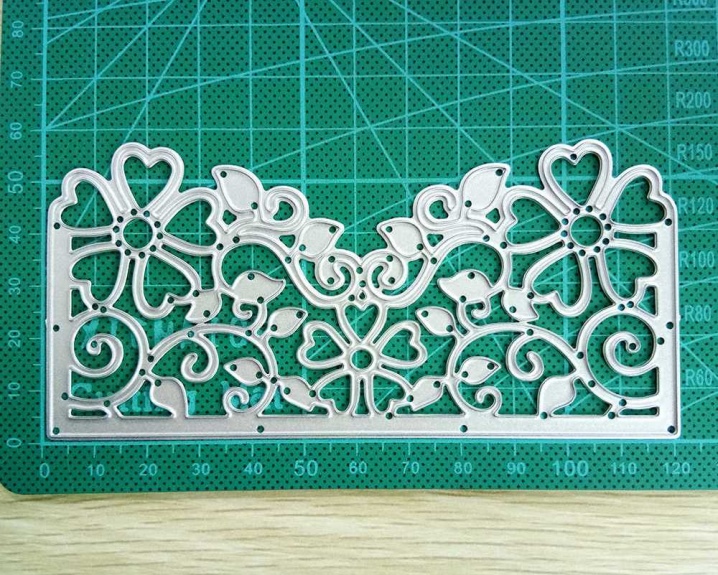
How to do it yourself?
Let's consider how to make such a picture step by step ourselves.
- First you need prepare the main material (you can use ordinary putty, clay mass or gypsum plaster, simple gypsum). The last two foundations are considered the most budgetary. Together with this you need make a solid foundation for the future bas-relief... For this, plywood slats are taken, in total you need four pieces. The height and dimensions of the sheets must fully correspond to the dimensions of the image itself. The slats are interconnected in such a way that a square-shaped structure is obtained. After that, a thin plastic wrap is laid in it.It should be straightened so that no wrinkles remain on it. Sometimes drywall or a box is used as a form, but at the same time its walls should be as strong and thick as possible.
- Then a plaster solution is prepared.... To do this, choose a volumetric container and mix the plaster itself, gypsum and sand-cement mass in it. The required proportions of these components can be found in the instructions for the materials. When the mixture becomes semi-liquid and homogeneous, it is poured into the resulting wooden mold.
- If you plan to make a bas-relief of great height, then you can in advance place wire reinforcement. It will be located in the inner part of the bas-relief and will interconnect its individual elements.
- After carrying out such work, leave the workpiece to dry. If you added cement to the mixture, then the product can harden well only after 10-13 hours. If you used alabaster for the composition, then it is better to heat the surface a little, then it can quickly harden. When the future bas-relief dries and becomes solid, it is carefully removed from the mold. On the side where the thin film was laid, the surface should be waxed. The parts that were on the other sides will be slightly rough.
- After that, the image itself is made directly on the workpiece. It is created by sculpting. All the contours of the volumetric pattern are gradually and carefully applied to the plate. Immediately after, you need to do a small build-up of volume inside the contour lines. To do this, again prepare a mixture with putty, sand-cement mixture and gypsum. The resulting composition is applied in small quantities to these contours. A similar procedure should be carried out in several stages. And they do it in such a way that each new layer can dry and harden separately, after which the mixture is applied again. The resulting excess can be easily removed with a knife. They are disposed of while still wet. To slightly correct the image, it is better to take a chisel for working with wood. If you notice slight irregularities after hardening, sandpaper the surface.
- If you decide to do an in-depth drawing, there are two different techniques you can use. The first option is to create a groove using chisels or a chisel. The second option involves a gradual build-up around the entire bas-relief of the background layer. But after it dries, it is better to grind the surface thoroughly again so that it is even.
- In the process of work, it is recommended to periodically moisten the tiles with water.... In addition to sculpting, carving is also often used to create bas-relief compositions. But the latter option is considered more laborious and time consuming.
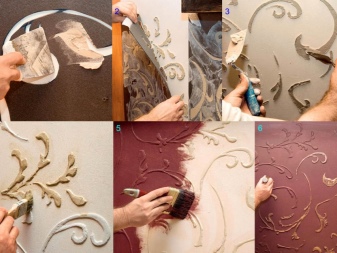
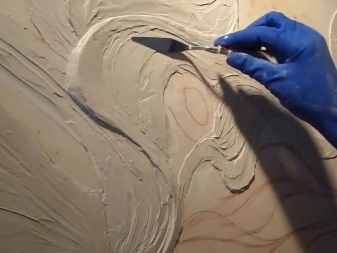
Also for creating a bas-relief it is possible to form separate details of a single image.
After that, they are glued in the right order to a previously prepared solid base (you can do this on drywall), while creating a holistic decorative pattern.
Sometimes individual parts are immediately attached to the wall covering... Small seams will form between them. To make them invisible, they are covered with plaster mortar, waiting for it to dry completely, and then treated with sandpaper.
Reverse casting is also used to create bas-reliefs. In this case, when the workpiece hardens, it is taken out of the mold with the desired sketch, and this drawing was printed on the front side of the workpiece. It is often called counter-relief. Such specimens can be used not only for decorating rooms, but also as an independent form for making other bas-reliefs.
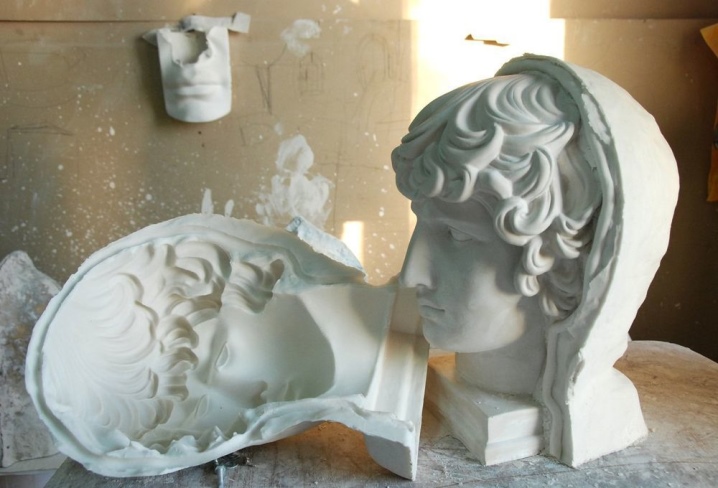
If you made the bas-relief separately, not in the wall covering, it should be attached to the surface with glue. Construction patterns are often used. The mass must be applied not only to the product itself, but also to the wall.
If the picture is too heavy it is recommended to fix special small pins in the lower part under it... At the same time, they should not protrude much above the image. They are installed in holes prepared in advance.
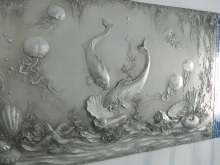
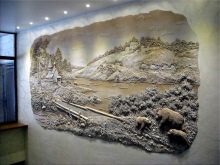
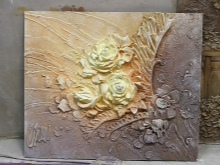
When the plate is too thick, they are selected for it nest in the wall. To hide it, it is better to apply a layer of plaster, and then smooth it all out. After that, the picture is fixed on the surface at the required level. In this case, it is also possible to provide holes in the decorative plates themselves for anchoring... Often this technique is used when drawings of large volume and weight are obtained.
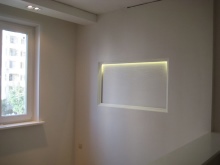
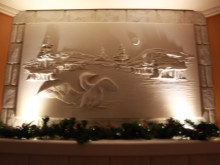
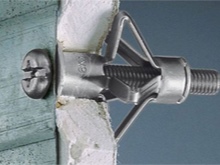
What to make a bas-relief from, see below.












The comment was sent successfully.